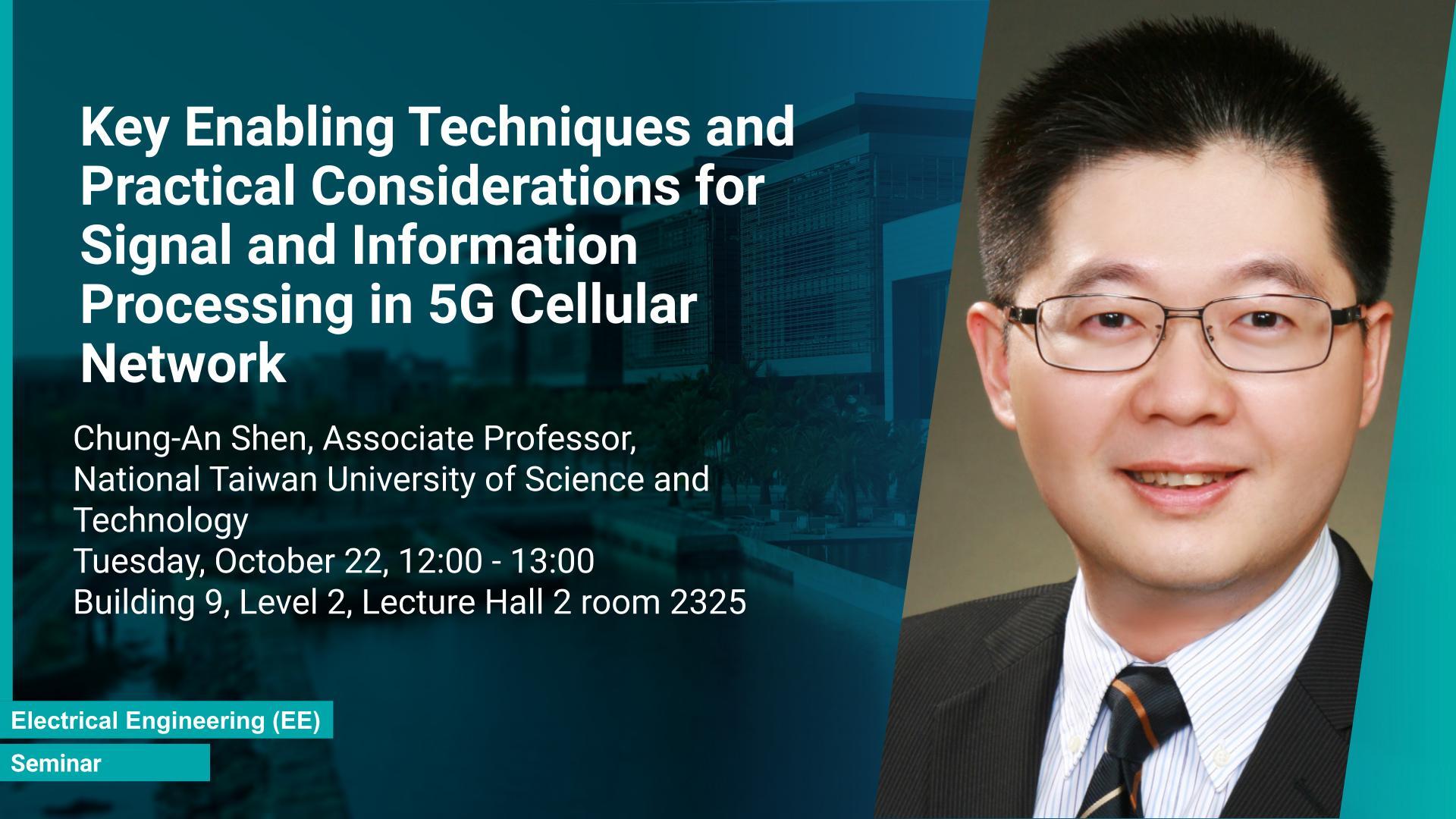Abstract
The 5th Generation (5G) wireless communication provides considerably enhanced user experiences and offers possibilities of more intriguing applications. In order to fulfil the requirements of 5G like low-latency, energy efficient, and high reliability, many enabling technologies from the physical layer signal processing to the design of network architecture are proposed which all increase the demand for more computing capabilities. This talk gives an overview of the practical considerations, challenges, and techniques for the 5G cellular network. In particular, this talk contains two parts. In the first part, we focus on the signal processing systems in the physical layer (PHY) of 5G. We discuss the key techniques such as mmWave and Massive MIMO, and present our recent work in the algorithm and VLSI circuit design for the practical realizations of these techniques. Furthermore, in the second part of this talk, we discuss the practical challenges and techniques in the network architecture. In order to provide the flexibility and the intriguing features needed in 5G, enabling techniques such as Software Defined Networking (SDN), Network Function Virtualization (NFV), and Mobile Edge Computing (MEC) are proposed. These techniques all incur the demand for much more computing power. We elaborate on the details of these techniques and present our recent results in designing and implementing FPGA-based hardware accelerators and offloading engines for enhancing the computing power in this domain.
Brief Biography
Chung-An Shen received the B.Sc. degree from National Taiwan University of Science and Technology (NTUST), Taipei, Taiwan in 2000 and the M.Sc. degree from the Ohio State University, Columbus, OH, USA in 2003. He also earned his Ph.D. degree from the University of California, Irvine in 2012 under the supervision of Prof. Ahmed Eltawil. Dr. Shen joined the Department of Electronic and Computer Engineering at NTUST in 2012, where he is currently an Associate Professor. Dr. Shen’s recent research activities are in low-power and highly efficient digital circuits and signal processing architectures for wireless communication systems. He also collaborates with the industries in the design and implementation of the FPGA-based accelerators and offloading engines for 5G cellular networks. Before joining NTUST, Dr. Shen held several industry positions in the area of DSP and wireless system design including Texas Instruments Inc. and Qualcomm Inc.
